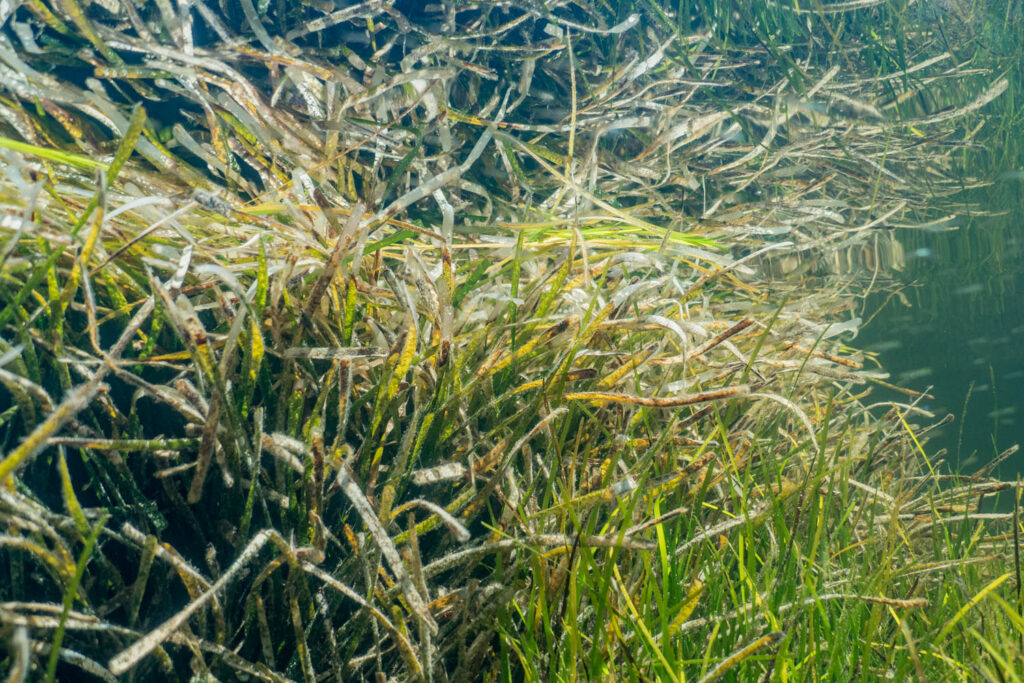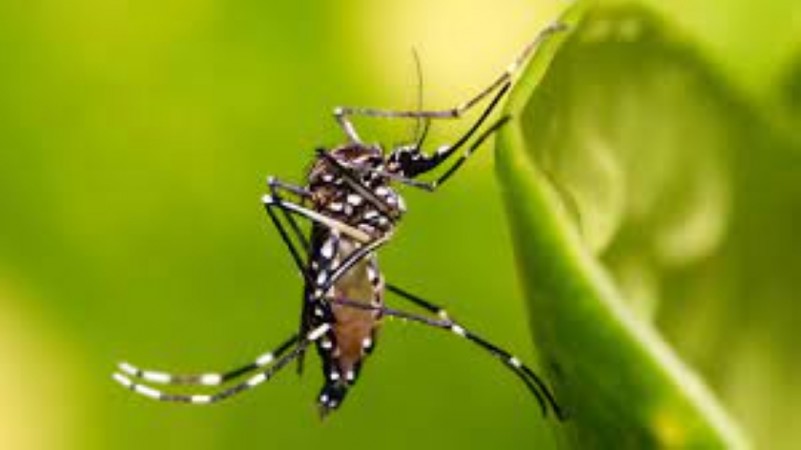Currently, non-native species (NNS) are moving at an accelerated rate due to human activity, often becoming invasive and having major ecological impacts. Despite recent advances in techniques such as genomics and high-performance computing, we still lack knowledge about the key ecological and evolutionary processes that drive these invasions — particularly in aquatic environments, where taxonomy and introduction routes remain largely unknown. This project addresses that gap by simultaneously studying a large number of aquatic NNS using water and sediment samples analyzed with environmental DNA metabarcoding techniques.
The main goal is to reconstruct the phases of biological invasion (introduction, establishment, spread, etc.) across a range of aquatic ecosystems, including high mountain lakes, Mediterranean rivers, and coastal marine areas. It aims to understand the temporal and spatial variability of these invasions, as well as the genetic dynamics of NNS and their interactions with native species. To achieve this, molecular databases, advanced bioinformatic analysis, and unsequenced samples from CEAB collections will be combined.
The project aligns with the CEAB’s strategic “Aquatic Biodiversity” axis and promotes cross-disciplinary, collaborative research. Its results will help develop new tools to better understand and manage the current biodiversity crisis, while benefiting both internal and external researchers. Additionally, the project will optimize methodologies for large-scale aquatic ecosystem studies and contribute to global knowledge on biological invasions.











